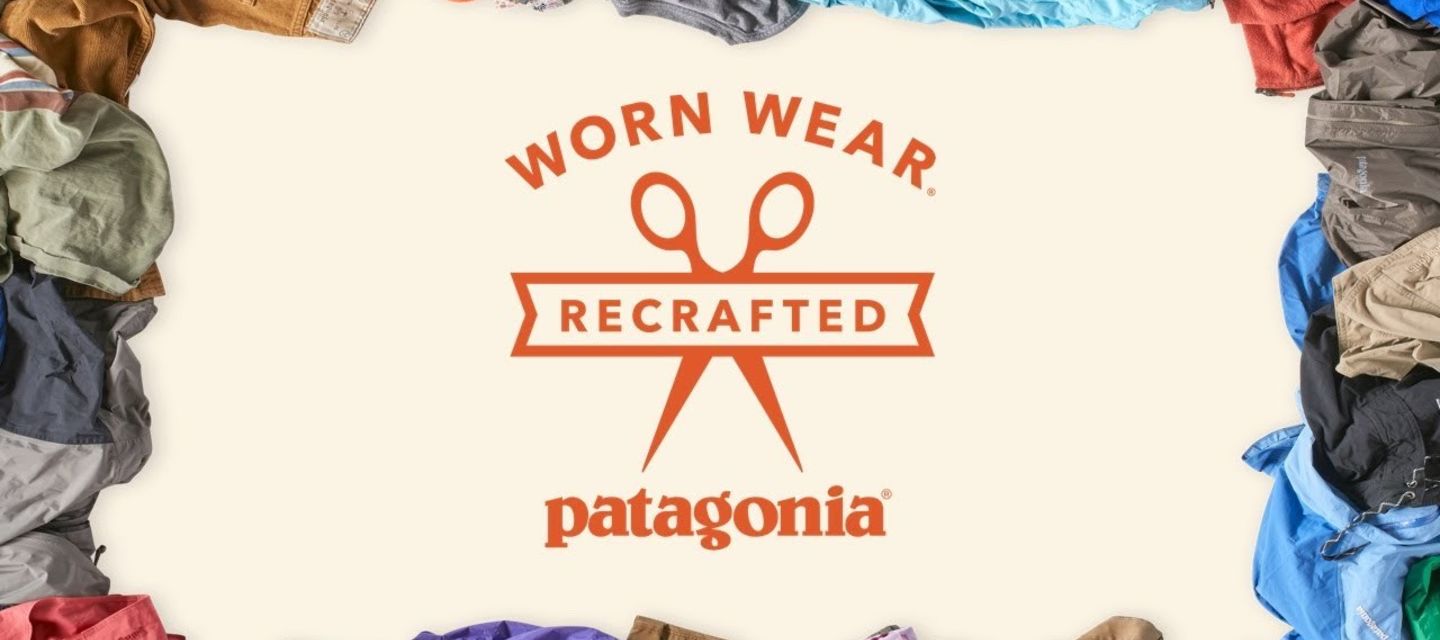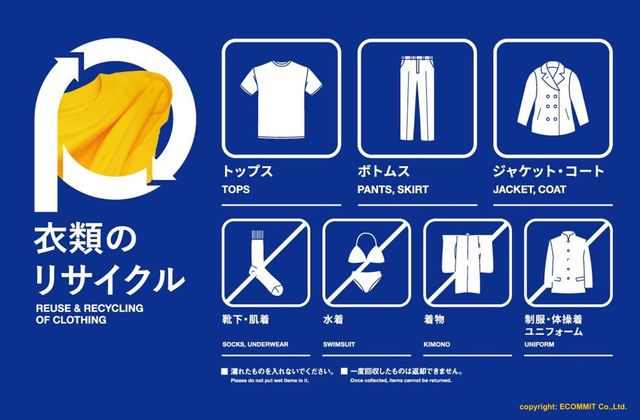Fashion, clothing and textiles
Patagonia - Worn Wear Program
What is it? Worn Wear is Patagonia's product life extension hub ‘because the best thing we can do for the planet is cut down on consumption and get more use out of stuff we already own’ (Patagonia, 2020).
Why is this important? The clothing industry is one of the most polluting industries. Conventional (non-organic) cotton production is a vast consumer of water and pesticides. Polyester and nylon are made of manmade materials consuming energy and resources. Clothing is also a massive source of obsolescence and waste. The Ellen MacArthur Foundation (2017) estimates that “USD 500 billion value is lost every year due to clothing being barely worn and rarely recycled”.
Main resource strategy: slowing resource loops by allowing clothing and other outdoor gear to last for a longer time. Patagonia also created a ‘recrafted collection’ based on remanufacturing used clothes into new ones.
Other resource strategies: closing the loop (e.g. facilitating recycling after multiple reuses); building quality new products initially will allow for future circular activities (repair, resale, upcycle)
Business model aspects:
Patagonia is extending the product value of its range: Patagonia has a trade-in and resell model so it can resell 2ndhand products on its online platform. The customer trading in items receives a fee for its traded in product and Patagonia sells it on with a margin after quality curation on its platform.
- Value Proposition: Quality products as a reduced price; a valuable clothing reuse option for Patagonia customers
- Value Creation & Delivery: Consumers can trade in their used products, receive a trade-in price, and Patagonia will give up to $100 in vouchers to be used online or in their stores (Patagonia, 2018).
- Value Capture: Trade-in prices range from $10 for children’s gear and less technical items up to $100 for more technical items, such as alpine insulation jackets. (Patagonia, 2018). Fleeces are sold for roughly $ 45 – 100 and jackets for $ 60- 400 showing the potential profit margins after any cleaning and repairs.
Strategies for degrowth/ sufficiency (based on sufficiency strategies from Niessen & Bocken, 2021):
- Awareness-raising & Question consumption: Patagonia informs customers about care and maintenance of their product and uses marketing campaigns to highlight the impacts of consumption. They also support customers in questioning the need to consume through marketing and campaigning (e.g., "Don't Buy this Jacket" and "Buy Less, Demand More" advertisements).
- Design & Green alternative: Patagonia items are designed to have long lifetimes and be easily reparable. They produce with some organic materials, recycled, Regenerative Organic Certified, and Fairtrade components.
- Life extension service & Support for repair: Patagonia offers repair guides in collaboration with iFixit and offers a repair service in selected stores and through mobile van (pre-COVID).
- Long warranty: Patagonia offers an Ironclad Guarantee covering repairs and returns.
- Reuse: The WornWear programme enables the resale of gear with items collected through their takeback.
Business model experimentation practices: Patagonia started off by a collaboration with eBay (Common Threads Initiative) where Patagonia pledged to ‘build useful things that last, to repair what breaks and recycle what comes to the end of its useful life’, whereas customers were asked to only buy what is needed and will last, make repairs, reuse and recycle, and consider second hand products (Bocken & Short, 2016). Moreover, Patagonia hosts a repair website in collaboration with iFixit (2020). These may have been the starting point for further experimentation that has led to the Worn Wear platform.
Sustainability outcomes: It is estimated that Patagonia has sold 120,000 repurposed items to date (Batten, 2020). Some estimates suggest that buying used garments rather than new ones could reduce an individual’s apparel carbon footprint by up to a 60% (Batten, 2020). Furthermore, an increase of 10% in second-hand sales could cut carbon emissions per tonne of clothing by 3% and water use by 4%, if it extends garment life by 50% (WRAP, 2017). Exact numbers vary and depend on how long the product life is extended and the use phase, i.e., how often and how the clothing is washed.
Sources:
Batten (2020). Patagonia’s Worn Wear Collection Is Saving the Planet. Accessed 25 November 2020 at:https://www.themanual.com/outdoors/oatagonia-worn-wear-collection-recycled-recommerce/
Bocken, N. M., & Short, S. W. (2016). Towards a sufficiency-driven business model: Experiences and opportunities. Environmental Innovation and Societal Transitions, 18, 41-61.
Ellen MacArthur Foundation (2017), A new textiles economy: Redesigning fashion’s future. Accessed 25 November at: http://www.ellenmacarthurfoundation.org/publications
iFixit. (2020). Accessed 25 November at: https://www.ifixit.com/Patagonia
Patagonia (2018). PATAGONIA TRADE-IN VALUES. Accessed 25 November at: https://wornwear.patagonia.com/assets/WW-TRADE-IN-VALUES.pdf
Patagonia (2020), Wornwear website. Accessed 25 November at: https://wornwear.patagonia.com
WRAP (2017). Valuing Our Clothes: the cost of UK fashion (July 2017)
***
About project Circular X
Project Circular X is about ‘Experimentation with Circular Service Business Models’. It is an ambitious research project funded by the European Research Council (ERC) which supports top researchers from anywhere in the world. Project CIRCULAR X runs from 2020-2025. The project is led by Principal Investigator (PI) Prof Dr Nancy Bocken, who is joined by a multidisciplinary team of researchers at Maastricht Sustainability Institute (MSI), Maastricht School of Business and Economics, Maastricht University. The project cooperates with businesses who want to innovate towards the circular economy.
Project Circular X addresses a new and urgent issue: experimentation with circular service business models (CSBMs). Examples of such new business models include companies shifting from selling products to selling services and introducing lifelong warrantees to extend product lifetimes. However, CSBMs are far from mainstream and research focused on experimentation is little understood. The research aims to conduct interdisciplinary research with 4 objectives:
- Advancing understanding of CSBMs; their emergence and impacts
- Advancing knowledge on CSBM experimentation
- Developing CSBM experimentation tools
- Designing and deploying CSBM experimentation labs
Funding source
This project has received funding from the European Research Council (ERC) under the European Union’s Horizon 2020 research and innovation programme, grant agreement No. 850159.
Using of this information
When you cite this publication, please use the following source:
Circular X. (2020) Case study: Patagonia - Worn Wear Program, Accessed from www.circularx.eu



